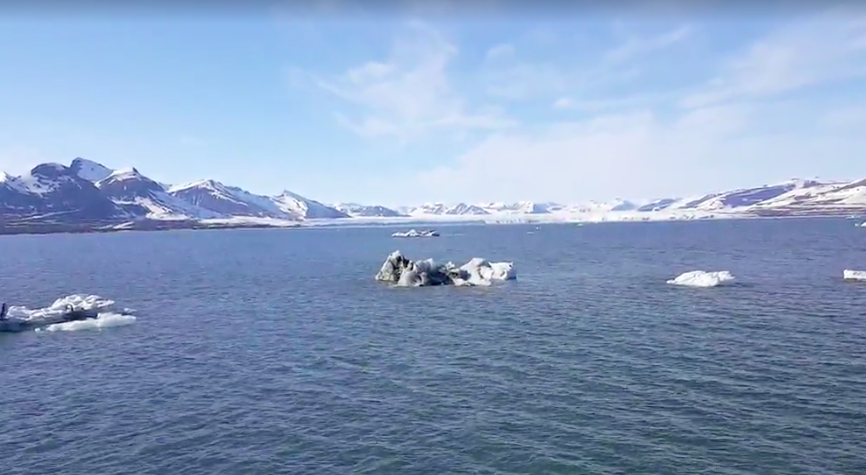
German icebreaker leaves for Arctic ice research trip
ADVERTISEMENT
June marks the beginning of annual sea-ice melt and one of the main areas researchers will examine is the marginal ice zone, the area between open water and sea ice edge, north of Svalbard.
“The team will also venture onto the ice to take a closer look at the thickness and characteristics of the sea ice and measure ocean currents and eddies away from the ship,” Torsten Kanzow, expedition leader and a physical oceanographer at the Alfred Wegener Institute, Helmholtz Centre for Polar and Marine Research, said in a news release.
“We’ll also deploy so-called gliders in the ocean, buoys on the ice and moorings on the seafloor, all of which will record valuable data for the next several years. Lastly, we’ll extend our research radius with helicopter flights, during which we’ll observe, for instance, the melt ponds on the ice.”

Their goal is to better understand how ice conditions, water layering and fluxes in heat influence melt and how climate change is impacting the Arctic.
Other projects include traveling to northeast Greenland to see how Atlantic water circulation is affecting glaciers in the region.
“We plan to install moorings in order to gauge the sensitivity of ocean-driven glacier melting to changing environmental conditions,” Kanzow said.
ADVERTISEMENT
Click on the Follow-Polarstern link on the Alfred Wegener Institute website to follow the expedition in real-time.
This story is posted on the Barents Observer as part of Eye on the Arctic, a collaborative partnership between public and private circumpolar media organizations.
ADVERTISEMENT
The Barents Observer Newsletter
After confirming you're a real person, you can write your email below and we include you to the subscription list.





